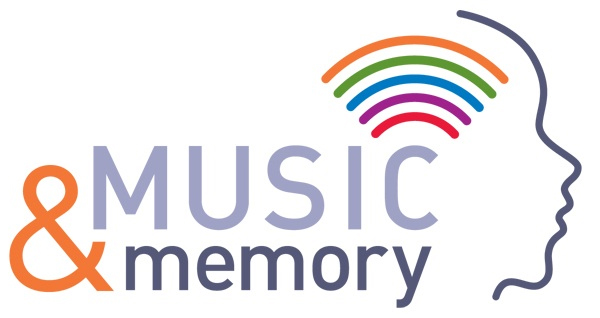
The MUSIC & MEMORY Program Makes a Difference at Totally Kids. Here’s Why.
As a certified MUSIC & MEMORY care facility, music plays a very important part in the care and treatment of our residents at Totally Kids. This therapeutic program is very beneficial to the children and young adults in our care, even those who may be in a minimum consciousness state. How is this possible? Music has a profound effect on the brain by stimulating several areas of it and causing different responses.
Allow me to share with you the effect that music has on the brain by walking you though 5 responses your brain processes each time you listen to your favorite music. I learned about these effects from Dr. Travis Stork, who practices emergency medicine in Colorado. You will be surprised by the many responses your brain carries out, without your conscious help, each time you hear your favorite tunes.
By the way, is there a song you love? One that truly stimulates you? May be even more than a Starbucks venti frappuccino? Whatever that song may be, keep it in mind as you read the following paragraphs. Let the music start playing in your head. Here we go!
- As the music starts to play and you first begin to feel the rhythm, pitch, beat, and melody of that song, the primary auditory center in your Temporal Lobe begins to interact with your Fontal Lobe. You can almost mimic this interaction by placing the palm of your hand on either of your temples and gently sliding your palm to the front of your head, right about where your hairline begins.
- As you hear the lyrics of the song, both the Wernicke’s and Broca’s areas of your brain begin to get involved. One is located a couple of inches above your ears, while the other is immediately behind them. This is the point at which you begin to process the words in your head and sing along.
- The Visual Cortex in the occipital lobe, or the back part of your brain, starts to play a role as you begin to visualize the different notes of the song. This is where you begin to imagine the drums playing hard, the electric guitar coming in at the precise moment, or the backup singers coming in full force on cue.
- The moment in the song when you become a part of the band by tapping of your feet, using your fingers to play drums on a table, or even playing air guitar, all begin to happen as soon as the song stimulates your Motor Cortex. This is an area located about a couple of inches in front of the crown on your head and deep into the middle of the brain.
- Finally, when a song triggers a memory, good or bad, the Medial Prefontal Cortex becomes stimulated. This is the area of the brain located behind your forehead.
I find it truly amazing to think that each time I listen to Hotel California my Temporal and Frontal Lobes, Wernicke’s and Broca’s areas, and my Visual, Motor, and Medial Prefontal Cortex are all stimulated.
And that level of stimulation is precisely what our residents receive when they participate in our MUSIC & MEMORY program!
The activities within the program have the added value of having a direct effect in the quality of life of the residents in our care, since it affects their behavior, making them feel happier, more social, and less anxious. Our medical staff ensures that all residents participating in the program have their own iPods, each with an iTunes library and personalized playlists that have songs that have been shared legally.
With so much happening in the brain each time a song is played, it is not difficult to understand why the MUSIC & MEMORY program is a true favorite of our residents.